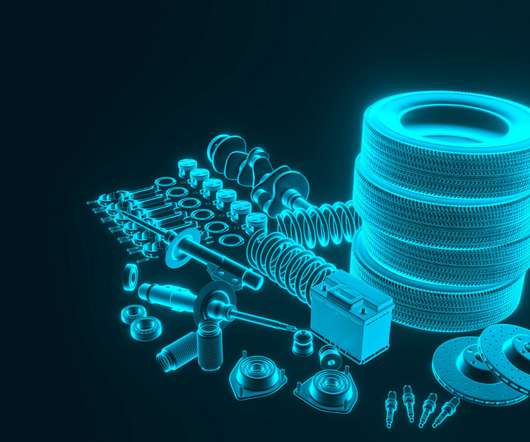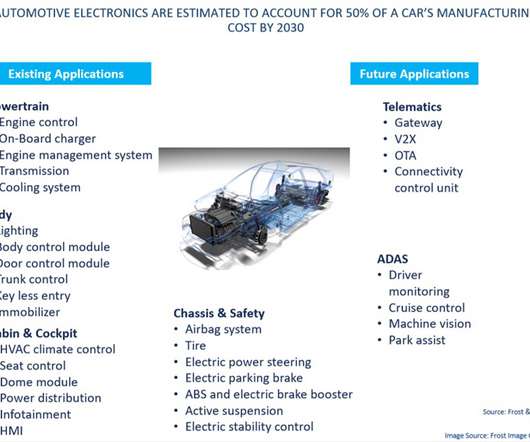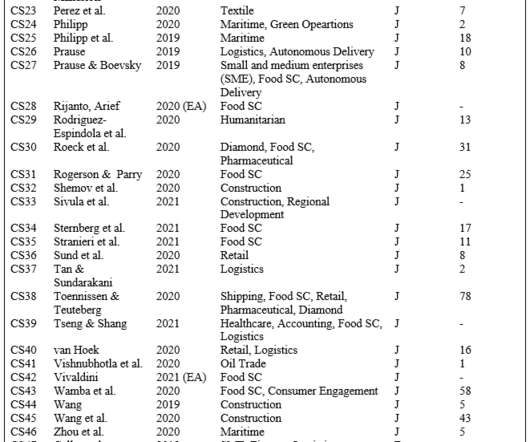Future of Hyperconnectivity Offers Billion-dollar Opportunities in the Connected Living Ecosystem
Frost & Sullivan
MARCH 4, 2021
billion in 2020 to 200 billion in 2030, says Frost & Sullivan. March 4, 2021 – Frost & Sullivan’s recent analysis, Future of Connected Living , reveals that the device-to-person ratio will exceed 20 to 1 by 2030 as the world enters the era of hyperconnectivity and catapults organizations’ digital transformation. .













Let's personalize your content